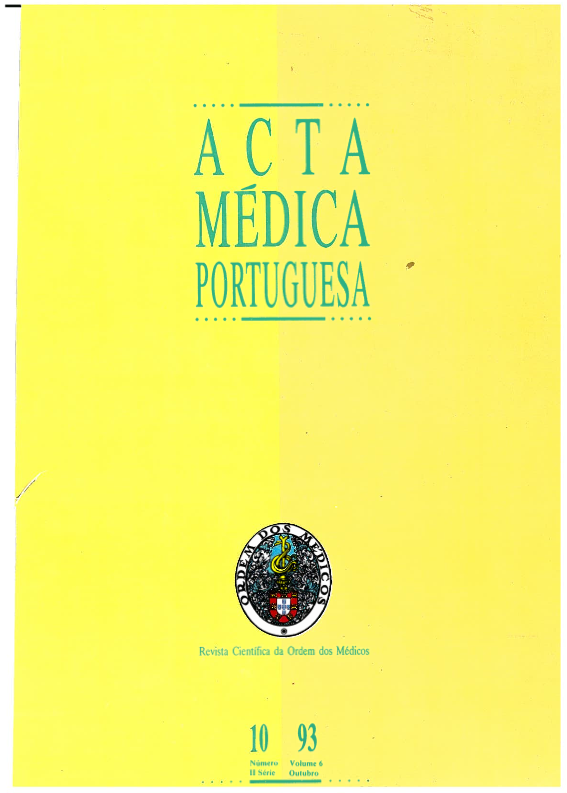Essential thrombocythemia. Apropos a case of cerebrovascular stroke.
DOI:
https://doi.org/10.20344/amp.3143Abstract
The authors report the case of a 60-year-old white man with a previous history of pulmonary tuberculosis, smoking habits, hypertension, intermittent claudication and erythromelalgia, admitted to our ward with an ischemic cerebral event. Initial laboratory evaluation documented thrombocytosis (platelet-950000/mm3) and discrete anemia. Additional studies confirmed the diagnosis of essential thrombocythemia, meeting all the criteria proposed by the Polycythemia Vera Study Group in 1986, after exclusion of the possible causes of reactive thrombocytosis. Therapy was initiated with alpha-2b interferon (3 MU/m2 subcutaneously three times a week) and aspirin. Platelet count control was obtained and the patient remained asymptomatic. Nine months later cutaneous toxicity obliged the discontinuance of alpha-interferon. Due to a continuous increase of platelet count, hydroxyurea was introduced. The patient is asymptomatic, with platelet counts < 500000/mm3, without toxicity manifestations, two years after diagnosis. The contribution of cardiovascular risk factors versus thrombocythemia in the pathogenesis of the ischemic cerebral event and the benefit of platelet count control are discussed.Downloads
Downloads
How to Cite
Issue
Section
License
All the articles published in the AMP are open access and comply with the requirements of funding agencies or academic institutions. The AMP is governed by the terms of the Creative Commons ‘Attribution – Non-Commercial Use - (CC-BY-NC)’ license, regarding the use by third parties.
It is the author’s responsibility to obtain approval for the reproduction of figures, tables, etc. from other publications.
Upon acceptance of an article for publication, the authors will be asked to complete the ICMJE “Copyright Liability and Copyright Sharing Statement “(http://www.actamedicaportuguesa.com/info/AMP-NormasPublicacao.pdf) and the “Declaration of Potential Conflicts of Interest” (http:// www.icmje.org/conflicts-of-interest). An e-mail will be sent to the corresponding author to acknowledge receipt of the manuscript.
After publication, the authors are authorised to make their articles available in repositories of their institutions of origin, as long as they always mention where they were published and according to the Creative Commons license.









